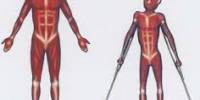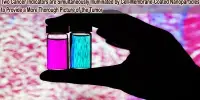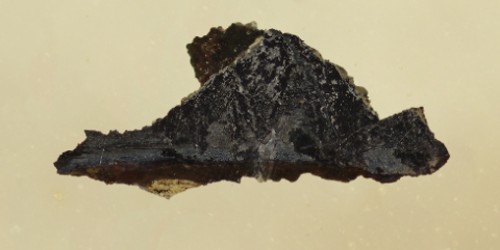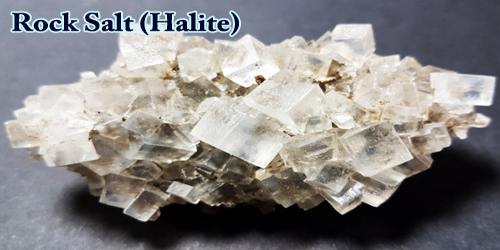Hot Flash
Definition
Hot flash is a feeling of warmth, sometimes associated with flushing that spreads over the body and sometimes followed by perspiration. It is a sudden wave of mild or intense body heat caused by rushes of hormonal changes resulting from decreased levels of estrogen. Hot flashes can occur at any time and may last from a few seconds to a half-hour. They are due to blood vessel opening and constricting and a symptom of menopause.

Not all women experience hot flushes going through the menopause, but most do. Three out of every four menopausal women have hot flushes. They’re characterised by a sudden feeling of heat which seems to come from nowhere and spreads through your body. They can include sweating, palpitations, and a red flush (blushing), and vary in severity from woman to woman.
The cause of hot flashes is not completely understood. Hot flashes may have more to do with fluctuation of hormone levels as opposed to low hormone levels per se. Hot flashes can be treated with either oral (by mouth) or transdermal (patch) forms of estrogen. Both oral and transdermal estrogen therapies are available either as estrogen alone, or as estrogen combined with progesterone. All available prescription estrogen replacement therapies, whether oral or transdermal, are effective in reducing hot flash frequency and severity. Generally, available treatments decrease hot flash frequency by about 80-90%.
Causes, Sign and Symptom of Hot Flash
Most women going through a natural menopause experience hot flushes. But there are other causes of hot flushes, including:
- Breast cancer treatment – according to Cancer Research UK, seven out of 10 women who’ve had breast cancer treatment have hot flushes, and they tend to be more severe and frequent than those of women going through a natural menopause. This is because chemotherapy and tamoxifen tablets reduce oestrogen levels.
- Prostate cancer treatment – men having treatment for prostate cancer can also have hot flushes, sometimes for years. Hormone treatment causes hot flushes in men by lowering the amount of testosterone in their body. Read advice for men with prostate cancer on how to tackle hot flushes.

Hot flashes in men could have various causes. It can be a sign of low testosterone. Another is andropause, or “male menopause”. Men with prostate cancer or testicular cancer can also have hot flashes, especially those who are undergoing hormone therapy with antiandrogens, also known as androgen antagonists, which reduce testosterone to castrate levels. There are also other ailments and even dietary changes which can cause it. Men who are castrated can also get hot flashes.
A hot flash is a feeling of intense warmth that’s not caused by an external source. Hot flashes can appear suddenly, or you may feel them coming on over a period of a few minutes.
Symptoms of hot flashes include:
- having skin that suddenly feels warm
- experiencing redness of the skin on the face, neck, ears, chest, or other areas
- sweating, especially in the upper body
- tingling in patients fingers
- experiencing a heartbeat that is faster than usual
- Many people also feel cold or get chills as the hot flash lets up.
Hot flashes are a common symptom of menopause. Women undergoing menopause can experience hot flashes as often as several times a day. Menopause isn’t the only cause of hot flashes, though. Anyone can experience them. How long they last and how often you feel them depend on what triggers them.

Treatment of Hot Flash
The most effective is HRT (Hormone Replacement Therapy) which usually completely gets rid of hot flushes. But other medicines have been shown to help, including vitamin E supplements, some antidepressants, and a drug called gabapentin, which is usually used to treat seizures.
SERMs (Selective Estrogen Receptor Modulators) are a category of compounds that act selectively as agonists or antagonists on the estrogen receptors throughout the body. Tamoxifen, a drug used in the treatment of some types of breast cancer and which can cause hot flashes as a side effect, and raloxifene are examples of SERMS.
SSRIs (Selective Serotonin Reuptake Inhibitors) are a class of pharmaceuticals that are most commonly used in the treatment of depression. They have been found efficient in alleviating hot flashes.
Hot flushes are generally a harmless symptom of the menopause. But very occasionally they may be a sign of a blood cancer or carcinoid (a type of neuroendocrine tumour).
Reference:
















